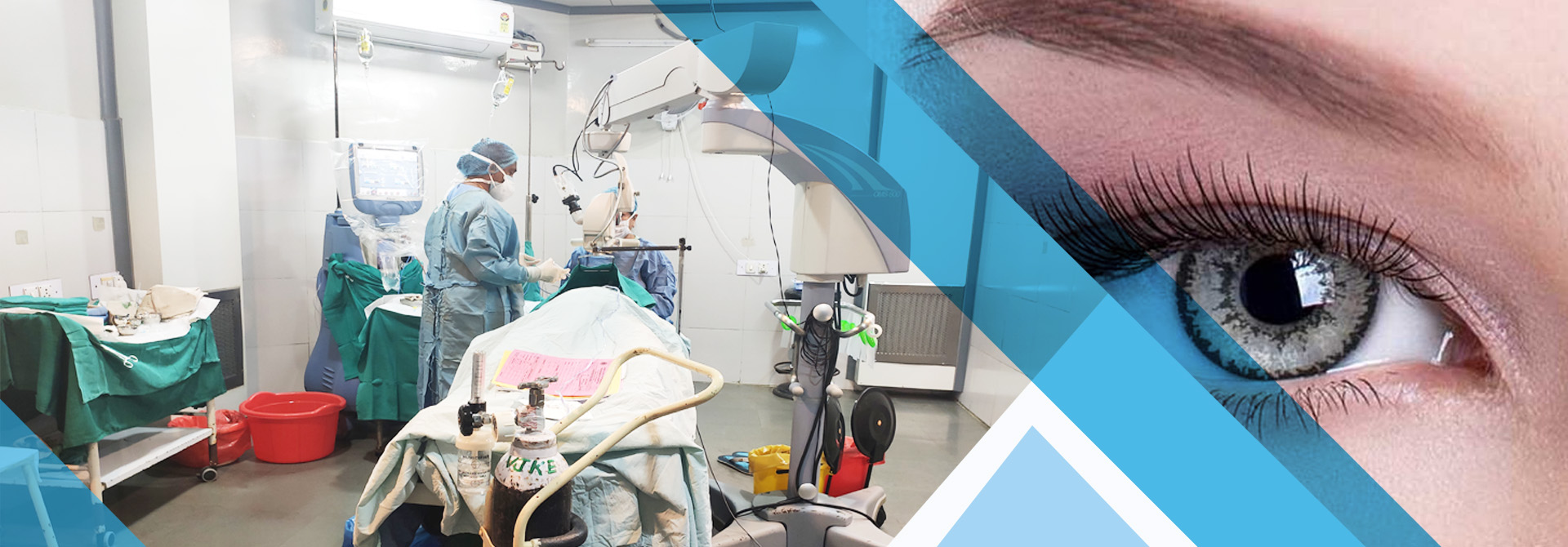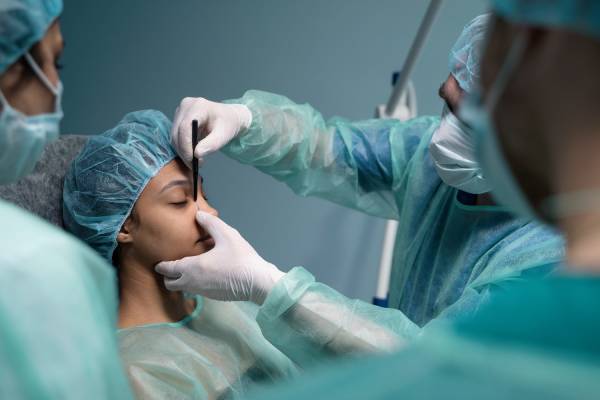

Introduction
Cataract surgery is one of the most frequently performed surgical procedures worldwide, with millions of people undergoing the operation each year to restore vision clouded by cataracts. It is generally regarded as a safe and effective method for treating cataracts, with a high success rate and a relatively low risk of complications. However, like any surgical procedure, it is not without risks. This blog aims to explore the safety of cataract surgery in depth, examine the possible risks, understand the advancements in medical technology that enhance safety, and provide practical insights for patients considering the procedure.
Understanding Cataracts
Cataracts are a clouding of the eye’s natural lens, which lies behind the iris and the pupil. This condition is a leading cause of vision impairment and blindness worldwide, particularly among older adults. Cataracts typically develop slowly and can affect one or both eyes. Symptoms include blurry vision, difficulty seeing at night, sensitivity to light, and seeing "halos" around lights.
The Cataract Surgery Procedure
Cataract surgery involves removing the cloudy lens and replacing it with a clear artificial lens called an intraocular lens (IOL). The procedure is usually performed on an outpatient basis and takes less than 30 minutes. It is commonly done using a technique called phacoemulsification, where an ultrasound probe breaks up the cloudy lens, which is then suctioned out. The new IOL is implanted through a small incision, which typically heals without stitches.
Safety and Success Rates
Cataract surgery boasts a very high success rate. According to the American Academy of Ophthalmology, over 95% of cataract surgeries are successful in improving vision. The complication rate is extremely low, particularly when the surgery is performed by an experienced ophthalmologist. Most patients experience significant improvement in their vision and return to their normal activities within a few days.
Risks and Complications
Most complications can be managed effectively with prompt treatment, and serious, long-term vision loss is uncommon.
Although rare, cataract surgery does carry some risks. These may include:
- Infection (endophthalmitis)
- Inflammation or swelling of the cornea or retina
- Posterior capsule opacification (PCO)
- Retinal detachment
- Increased intraocular pressure
- Dislocation of the intraocular lens
Advancements in Technology
Modern cataract surgery benefits greatly from technological advancements. Innovations such as femtosecond laser-assisted surgery, improved IOL designs, and real-time intraoperative guidance systems have made the procedure more precise and predictable. These technologies help minimize the risk of complications and enhance postoperative outcomes.
Preoperative Assessment and Patient Selection
Thorough preoperative evaluations are essential to ensure the safety of cataract surgery. Ophthalmologists assess the patient's overall health, eye condition, and potential risk factors such as diabetes, glaucoma, or previous eye surgeries. By tailoring the procedure to each patient’s needs, surgeons can reduce the likelihood of complications.
Postoperative Care and Recovery
Proper postoperative care is critical for a successful recovery. Patients are usually prescribed antibiotic and anti-inflammatory eye drops to prevent infection and control inflammation. Follow-up visits are scheduled to monitor the healing process. Most patients can resume normal activities within a few days, but full visual recovery may take several weeks.
Special Considerations for High-Risk Patients
Patients with certain preexisting conditions, such as severe dry eye, advanced glaucoma, or retinal disorders, may face higher risks during cataract surgery. However, with appropriate precautions and modifications to the surgical technique, many of these patients can still benefit from the procedure safely.
Patient Testimonials and Real-World Outcomes
Numerous patient testimonials highlight the life-changing benefits of cataract surgery. Real-world data corroborates clinical trial results, demonstrating consistent improvements in visual acuity and quality of life. Most patients report high satisfaction with the results and minimal disruption to their daily routines.
Conclusion
Cataract surgery is a highly safe and effective procedure that significantly improves vision and quality of life for millions of people each year. While no surgery is without risk, the complication rate for cataract surgery is low, and most issues can be managed successfully. Advances in technology and surgical techniques continue to improve safety and outcomes. Patients are encouraged to consult with their ophthalmologist to determine the best treatment plan for their individual needs.
